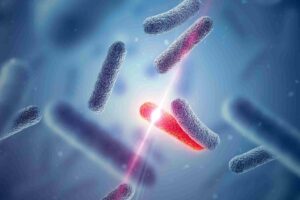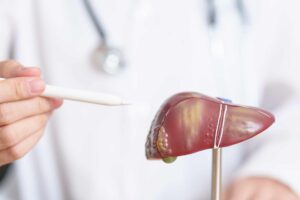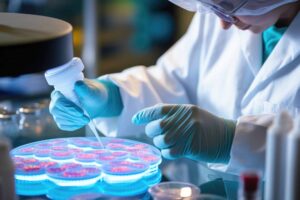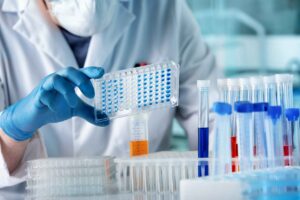Table of Contents
ToggleWhat is already known on this topic
Scientists have known that gut microbes can influence the efficacy of certain drugs, but the interactions between drugs and bacteria remain poorly understood.
What this research adds
By analyzing how 25 common gut bacteria interacted with 15 drugs, researchers found that medications can accumulate in gut microbes, altering the activity of bacteria and potentially reducing the effectiveness of the drug.
Conclusions
The findings could help researchers to better understand why specific drugs are more effective or have more side effects in some people than in others.
Scientists have known that gut microbes can influence the efficacy of certain drugs. Now, new research shows that medications can accumulate in gut microbes, altering the activity of bacteria and potentially reducing the effectiveness of the drugs.
The findings, published in Nature, could help researchers to better understand why specific drugs are more effective or have more side effects in some people than in others.
“Only now people are recognizing that drugs and our microbiome impact each other with a critical consequence to our health,” says study senior co-author Nassos Typas at the European Molecular Biology Laboratory. “This calls for us to start treating the microbiome as one of our organs,” adds senior co-author Peer Bork.
The interaction between the gut microbiota and medications can alter drug availability and efficacy. For example, gut bacteria can inactivate drugs such as digoxin — which is used to treat various heart conditions, or transform medications such as lovastatin — which is used to treat high blood cholesterol — into their active forms.
“Over one hundred molecules were recently reported to be chemically modified by gut bacteria,” the researchers say. However, the interactions between drugs and gut bacteria remain poorly understood.
To investigate the effects of bacteria on drug availability, a team of researchers led by Bork, Typas and Kiran Patil assessed the interactions between 15 therapeutic drugs and 25 common strains of gut bacteria.
New interactions
From a total of 375 bacteria-drug tests, the researchers found 70 interactions between the bacteria and the drugs studied, including 29 interactions that had not been previously reported.
Of the 29 new interactions, in 17 cases the drug accumulated within the bacteria but it was not chemically modified. In the remaining 12 cases, the microbes likely transformed the medications. Indeed, two of the drugs tested have previously been shown to be chemically modified by gut bacteria, the researchers say.
Drugs such as the anti-depressant duloxetine were only accumulated in bacteria. Other drugs, such as an asthma drug and a medication used to treat chronic obstructive pulmonary disease, were accumulated by some species of bacteria and modified by others, the researchers found.
“It was surprising that the majority of the new interactions we saw between bacteria and drugs were the drugs accumulating in the bacteria, because up until now biotransformation was thought to be the main way that bacteria affect the availability of drugs,” Patil says.
Individualized responses
The team also discovered that the accumulation of drugs influenced the metabolism of drug-accumulating bacteria. For example, duloxetine altered the type of metabolites that some gut bacteria produce.
These metabolic shifts also changed the composition of bacterial communities, the researchers found. That’s because the drugs altered the molecules produced by drug-accumulating bacteria, which other bacteria feed on. This means that the consuming bacteria grew much more. For instance, duloxetine dramatically increased the levels of Eubacterium rectale in a stable community that included Bacteroides thetaiotaomicron, Lactobacillus gasseri, Ruminococcus torques and Streptococcus salivarius.
Finally, the team used the worm C. elegans to test the effects of duloxetine, which accumulates in certain bacteria but not in others. Worms grown with drug-accumulating bacteria showed altered behaviors compared to worms grown with microbes that do not accumulate duloxetine, the researchers found.
Future studies will need to investigate how the bioaccumulation of duloxetine manifests in people, the authors say. Next, the researchers plan to study how gut bacteria influence individual responses to drugs. “If we can characterize how people respond depending on the composition of their microbiome, then drug treatments could be individualized,” Patil says.











